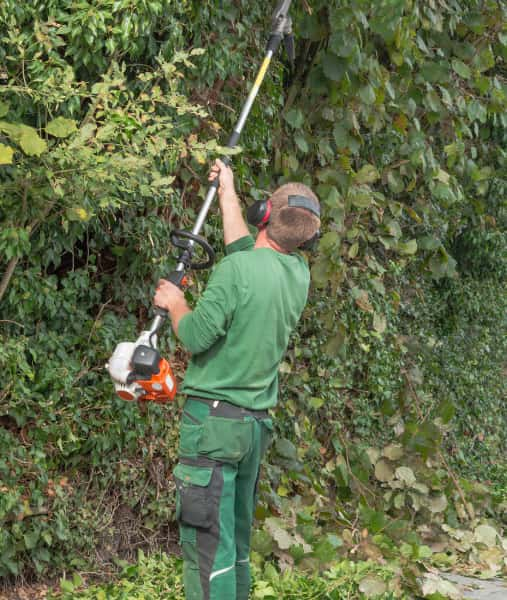Introduction: In an era where the benefits of sustainable land management practices are gaining recognition, the synergy between tree surgery and traditional land management techniques is becoming increasingly evident. Traditional land management, often rooted in time-honoured practices, can coexist seamlessly with modern tree surgery methods to create a balanced and thriving ecosystem. In this blog post, brought to you by Newmarket Tree Surgeons, we will explore tree surgery’s vital role in preserving and enhancing traditional land management practices.
Preserving Historical Landscapes
Many regions are characterised by their historical landscapes, which have evolved over centuries. These landscapes often feature ancient trees, hedgerows, and woodlands meticulously maintained and shaped by generations of landowners. Tree surgery is crucial in preserving these historical features, ensuring they remain healthy and structurally sound.
Benefits:
- Conservation of heritage trees and woodlands.
- Maintenance of cultural and historical landscapes.
- Continuation of traditional land management practices.
Promoting Biodiversity
Traditional land management practices, such as coppicing, pollarding, and hedgerow maintenance, have fostered biodiversity. These practices create a mosaic of habitats that support a wide range of wildlife. Tree surgery can complement these efforts by rejuvenating old trees, managing invasive species, and promoting the growth of native plants.
Benefits:
- Increased biodiversity and wildlife habitat.
- Preservation of native species.
- Enhanced ecological resilience.
Disease Management
Traditional land management techniques can expose trees to pests and diseases, especially when pruning or cutting branches. Tree surgery professionals are trained to identify and manage tree diseases, preventing the spread of infections within woodlands and ensuring the longevity of trees. By promptly addressing tree health issues, traditional land management practices can continue without compromising the ecosystem.
Benefits:
- Early detection and treatment of tree diseases.
- Preservation of the health of woodland ecosystems.
- Long-term sustainability of traditional land management.
Sustainable Timber Production
Sustainable timber production has been a cornerstone of traditional land management for generations. Coppicing and pollarding are techniques used to produce wood products while ensuring trees’ long-term survival. Tree surgeons can optimise these practices by selectively pruning and harvesting timber, promoting healthy regrowth, and extending the trees’ lifespan for wood production.
Benefits:
- Sustainable timber harvesting.
- Increased economic viability of woodlands.
- Long-term timber resource management.
Landscape Aesthetics
The aesthetic value of landscapes managed through traditional practices cannot be overstated. Well-maintained woodlands, hedgerows, and individual trees contribute to the beauty and character of rural and urban areas. Tree surgery helps maintain the aesthetics of these landscapes by preserving the shape, size, and vitality of trees and hedgerows.
Benefits:
- Preservation of scenic landscapes.
- Enhanced property values and tourism appeal.
- Retention of rural and historical character.
Conclusion: Tree surgery and traditional land management practices are not mutually exclusive but rather two sides of the same coin. When employed in harmony, they create a sustainable and balanced ecosystem that benefits both the environment and human communities. At Newmarket Tree Surgeons, we understand the importance of preserving traditional land management practices while ensuring the health and longevity of trees.
Call us on: 01638 591 692
Click here to find out more about Newmarket Tree Surgeons
Click here to complete our contact form and see how we can help with your tree’s needs.

